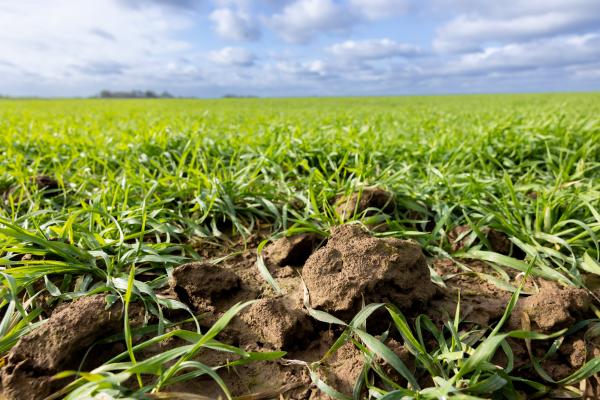
Forest is one of most extended ecosystems in Europe, covering 35% of the land area. Preservation efforts are key, as forests play a crucial role in safeguarding biodiversity and mitigating climate change.
A JRC study recently published in Nature Communications looks at the condition of forests across Europe. The scientists found that, although on average our forests are slightly healthier than they were in the year 2000; one third of the European forests are in decline.
Forest degradation was signalled by lower soil health (reduced soil organic carbon), lower tree cover density (which suggests tree-removal disturbances), and a reduction in species richness of threatened birds (which is associated to declining biodiversity).
A timid average improvement since 2000
The study measures forest condition on a scale from 0 to 1, where 0 represents a degraded ecosystem and 1 represents a reference condition based on primary or protected forests.
The average condition across 44 forest types showed a mild positive trend in the last 2 decades, standing at 0.566 in 2000 and increasing to 0.585 in 2018. This means that European forests are, on average, in a moderate condition compared to reference undisturbed or least disturbed forest sites.
Still, with a third of our forests in decline, JRC scientists warn that we need further restoration, improvements in forest management, and an extended period of recovery to approach natural conditions.
International standards to assess the health of our forests
This is the first large-scale study of European forests that follows the United Nations global statistical standard on ecosystem accounting (SEEA EA), adopted in March 2021.
Using an internationally adopted standard facilitates acceptance across different social and economic sectors, comparability, and uptake, all of which are important advantages for decision makers.
The method is based on spatially-explicit datasets of forest ecosystem characteristics. This approach enables a large-scale monitoring system with an objective estimation of the area to be considered as in a degraded condition, to establish conservation actions, or to set restoration priorities
Science to support the EU policies that protects our forests
We cannot protect what we do not know. This study responds to a question that has long been on EU policy makers' desk: what is the condition of our forests in Europe?
Having a clear picture of the state of our forests is the first step to support conservation and restoration efforts as set in the European Green Deal. Specific targets for forest ecosystems are included in the EU’s biodiversity and forest strategies, as well as the target on net greenhouse gas removals from land use, land use change and forestry (LULUCF).
The most recent policy instrument, adopted by the European Commission on 22 June 2022, is a proposal for a nature restoration law with legally binding targets for the restoration of forest ecosystems. This proposal expects EU Member States to restore degraded forest ecosystems to a good condition by 2050.
This JRC study supports EU forest conservation efforts by providing a first EU-wide baseline that is comparable across countries, and a method to assess across the board the condition of protected ad unprotected forests.
Sources
Details
- Reference
- https://dx.doi.org/10.1038/s41467-023-39434-0
- Publication date
- 17 August 2023
- Author
- Joint Research Centre
- JRC portfolios





